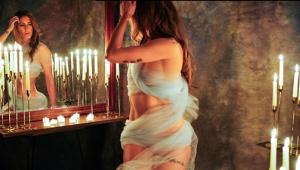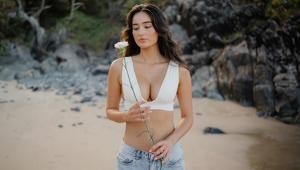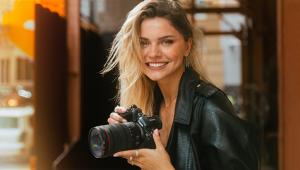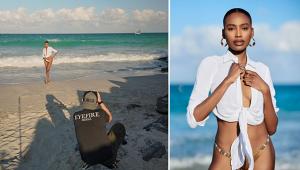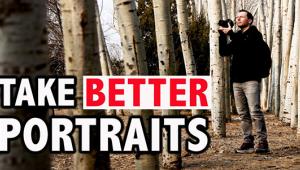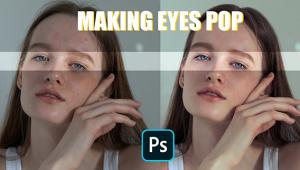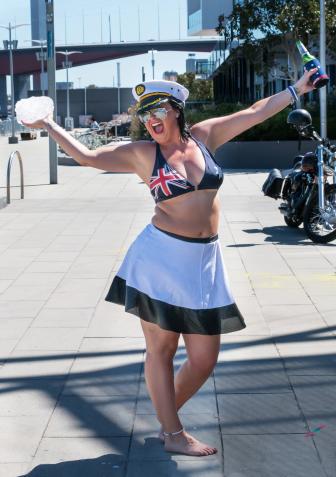Natural Light vs. Off-Camera Flash When Shooting Outdoor Portrait Photos (VIDEO)

Experienced portrait photographers often shoot outdoors with natural light when conditions are right for soft, even illumination. Other shooters, on the other hand, avoid supplemental light at all costs because of a misconception that the technique is too difficult to master.
We're going to correct all that in today's quick tutorial from noted photographer Manny Ortis who explains how to harness the power of a single flash when available light doesn't deliver flattering results. His method is easy enough for anyone to master and takes barely six minutes to explain.
Ortiz specializes in cityscape, portraiture, and street photography, so he's a perfect instructor for the job. In this episode he describes situations in which natural light gets the job done, and he provides several examples of images shot with and without flash. Then he alleviates your concerns about complexity by demonstrating everything you need to know to get started with outdoor flash photography today.
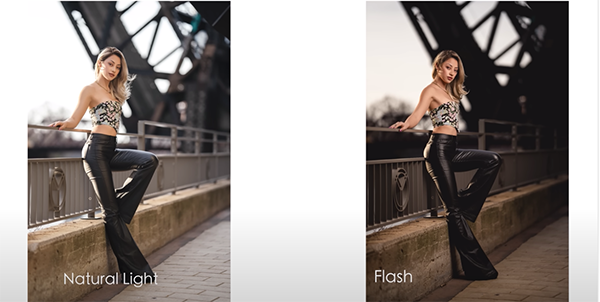
Along the way you'll pick up some great tips on gear, composition, posing, and camera/flash settings for capturing outdoor portraits that make you and your model proud. You'll also learn how to position yourself and a subject properly relative to the sun—whether or not you're using supplemental light—to avoid hotspots and other unwanted effects.
Ortiz illustrates why "every inch matters" when it comes to the placement of your flash, and how a small shift one way or the other can make a huge difference in the results. He also includes exposure information with his images so you'll understand exactly how he made the shots.
Other important tips include using background elements like buildings or foliage to frame a model for an eye-catching look. You'll also see how the focal length of a lens factors into the equation. As for exposure, Ortiz says this: "When I expose for back-lit natural light portraits I tend to slightly underexpose the model to avoid completely blowing out the sky."
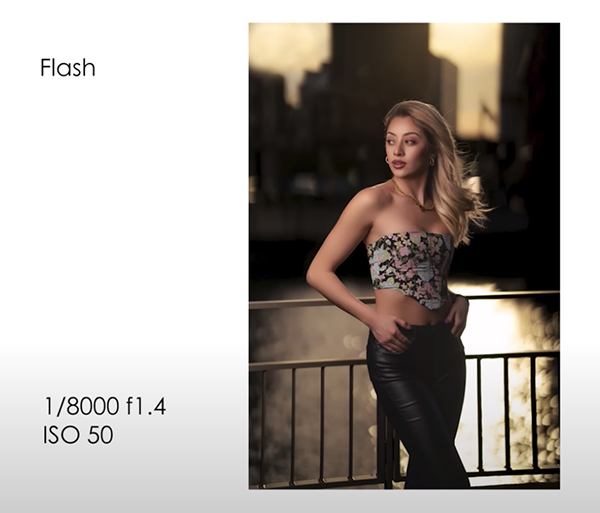
Some photographers prefer exposing for the sky and relying upon dynamic range to recover the shadows, but Ortiz explains why that approach has "backfired on me way too many times." So take a look and compare the photos captured with and without flash, and then decide which images you like best.
So take a deep breath, find a willing model, and get out there and experiment with what you just learned. You'll improve the quality of your portraits and have a better understanding of how easy flash photography is to do.
Be sure to visit Ortiz' popular YouTube channel where you'll find many more helpful tips and techniques. On a related note, we also suggest watching a video we shared recently, discussing the best lenses to use for capturing beautiful spring portrait photographs.





